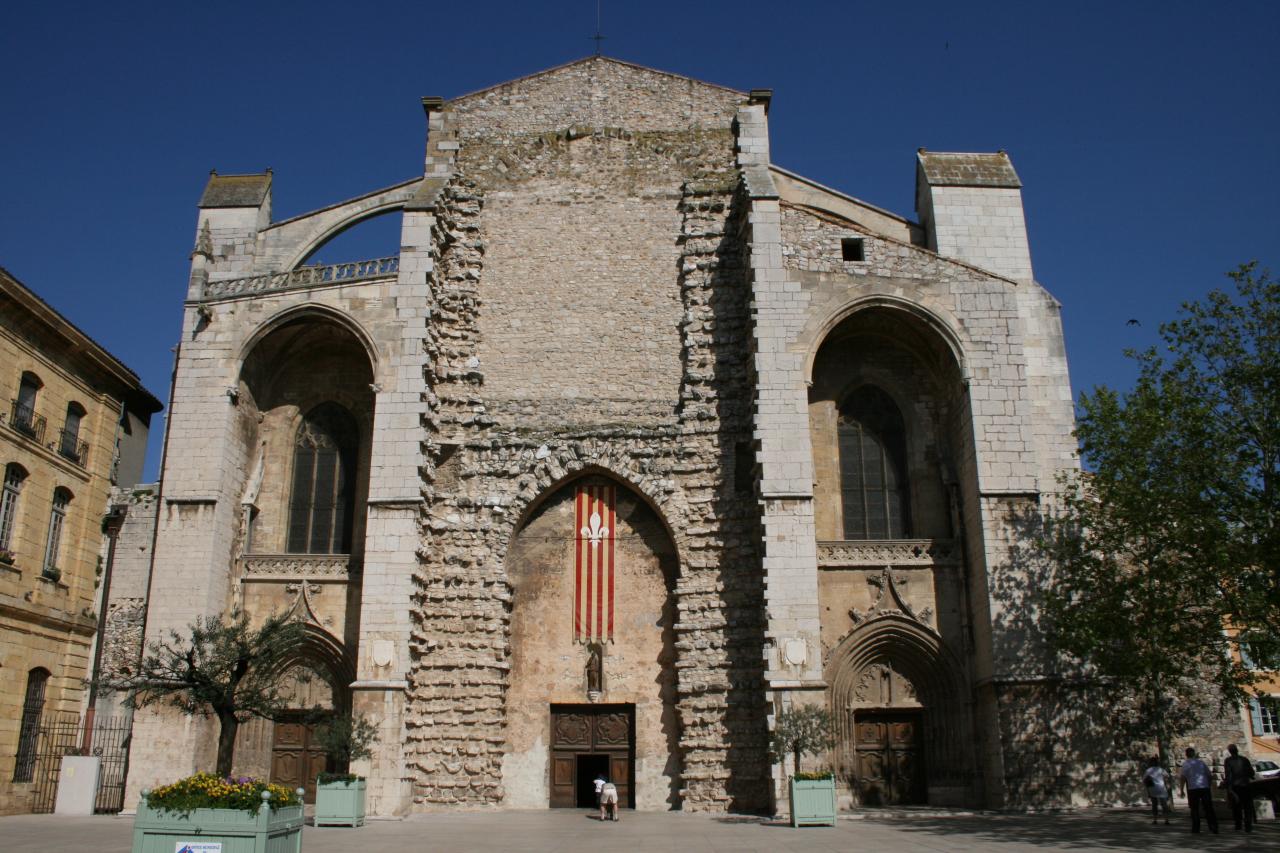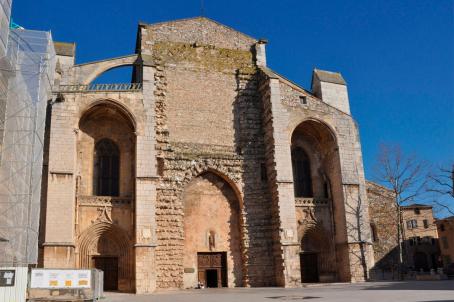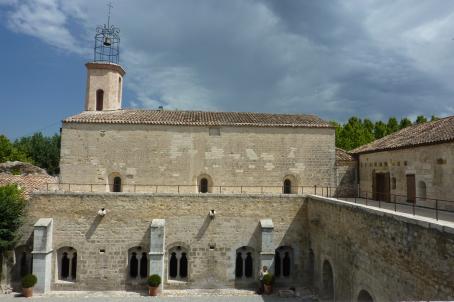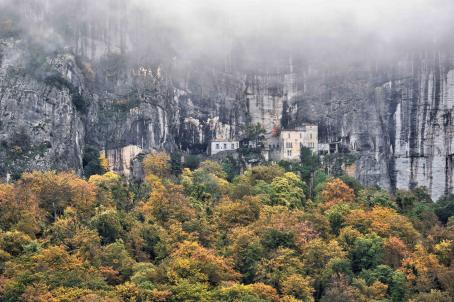Saint Mary Magdalene Church
The church was built in 1295 on the crypt housing the remains of Mary Magdalene, making this church of her the third tomb of Christianity in terms of importance. The church also harbors several treasures, including the reliquary which houses the skull of Marie-Madeleine, the crypt and its 4 sarcophagi, the choir and its 94 stalls, the altarpiece by Antoine Ronzen with its 16 panels of the Passion of the Christ, and the organs of the basilica composed of 2692 pipes.
About this building
This building has an elongated plan, with 8 spans and 3 vessels, the two lateral vessels being each flanked by 8 chapels. With its 73 meters in length, 43 meters in width and 29 meters in height, the basilica is the largest Gothic building in Provence.






